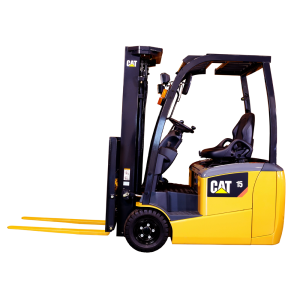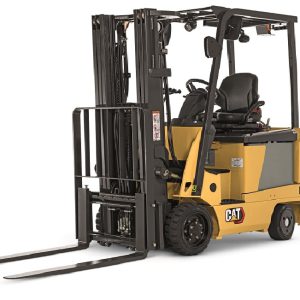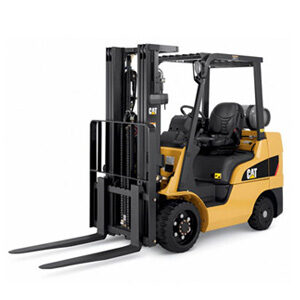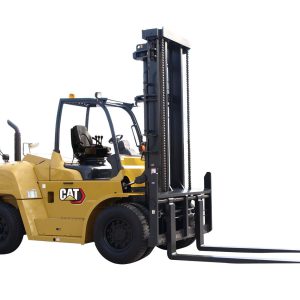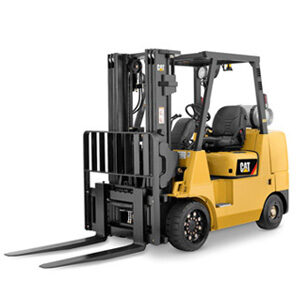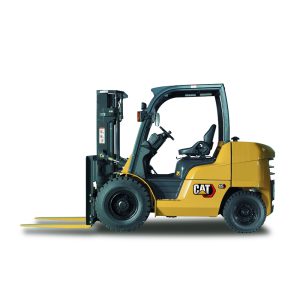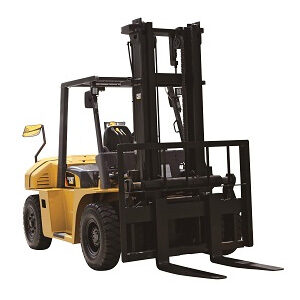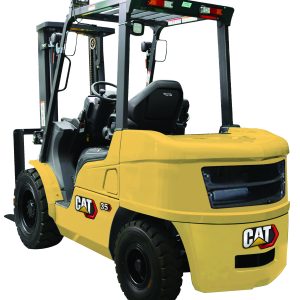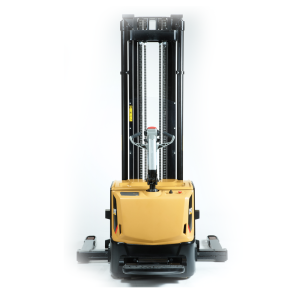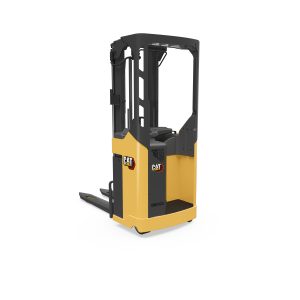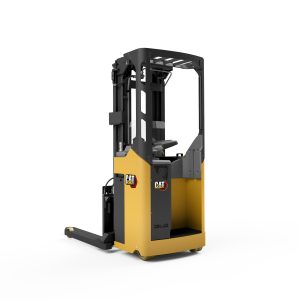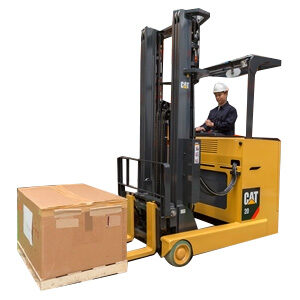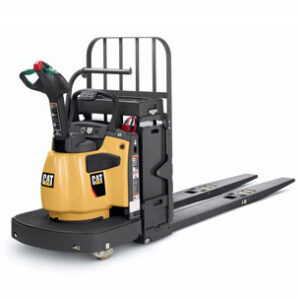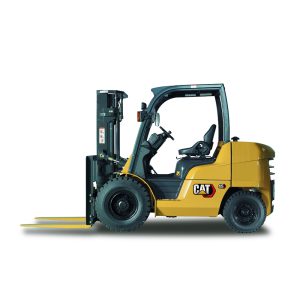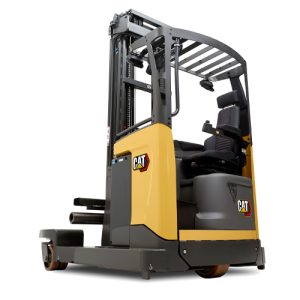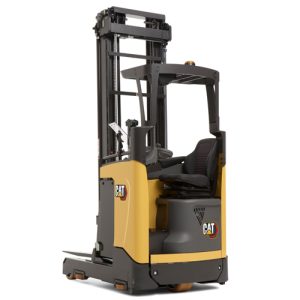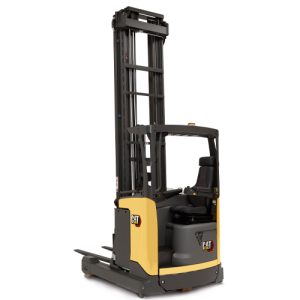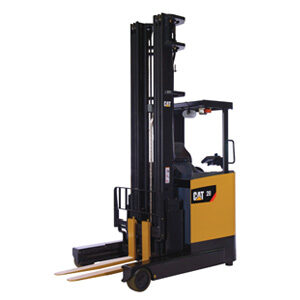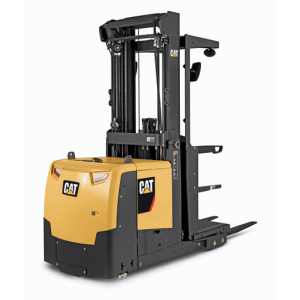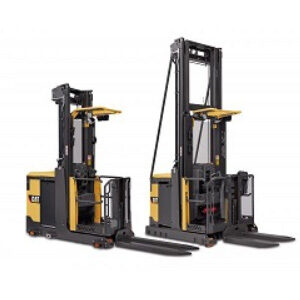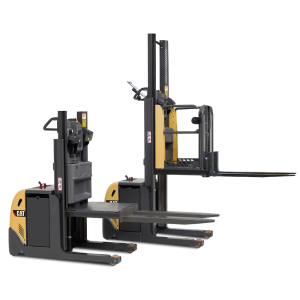
2020 logistics trends – views from the experts
31/08/2020
In 2019, we saw the logistics industry adopt AI, drones and robots into operations to boost productivity and efficiency. But will this continue in 2020, and what else can we expect? We explore what the industry experts are anticipating.
1. Environmental sustainability
Sustainability is becoming increasingly prominent across all industries, and logistics is no exception. Although it has been on the agenda for a few years now, in 2020, the logistics industry will not get away with ignoring it.
According to Logistics Manager online, consumers are increasingly seeking products which are made and distributed responsibly, which means logistics companies must seek ways to improve their environmental impact to stay competitive. Whether that’s a reduction in road miles or smarter modes of transport, the logistics industry must explore the ways it can reduce its carbon footprint.
And it’s not just consumers who will want to see action being taken. Governments, investors and other stakeholders will be eager that everyone is doing their bit to manage their environmental impacts.
Transmetrics think it’s likely that companies will turn to technology and AI to find solutions to manage environmental impacts, which is why that will also be a trend in the logistics industry for 2020. Keep up with the trends
Keep up with the trends
2. AI and technology
It’s not just environmental sustainability that will be driving the uptake of more AI and technology in 2020. The desire for increased efficiency and improved processes will keep logistics managers on the lookout for new technology too.
In recent years, logistics and warehouse operations have begun to adopt new technology, and that won’t slow down in 2020. Some of the latest technology advances include the use of warehouse robotics. In 2019 there was an 18% increase in robotics testing, and this is a trend that is set to continue as we move into 2020.
According to Transmetrics, alongside new technologies and AI, Augmented Intelligence will also take off in the logistics industry. Augmented Intelligence is a combination of AI and human intelligence. Seen as being more superior than using AI or human intelligence alone, it is expected that Augmented Intelligence will generate $2.9 trillion of business and an increase of 6.2 billion hours of worker productivity globally in 2021.
3. Going digital
While logistics companies will look to technology to help improve efficiency in warehouse operations in 2020, they’ll also turn to digital solutions to improve efficiency behind the scenes, according to FreightPath. Whether that’s digitising documentation, inventory management or making better use of analytics, this is something we can expect to become more common as the year progresses.
Transmetrics also predicts that digital twins will make a breakthrough in 2020. The technology, which allows companies to create digital replicas of things or processes, will enable businesses to merge reality with digital to explore and test changes and spot weaknesses and trends. Whether that’s using digital twins to recreate a shipping process in order to explore more efficient and sustainable techniques or creating models of warehouses in order to explore different layouts, the technology will undoubtedly allow positive changes to be made in 2020.
The main driver for digitising the logistics industry is, of course, the customer. Improving processes, whether behind the scenes or on the ground, will only have a positive influence on the service the customer is receiving.
4. Customer service
In 2020, there will be a transition in the role of a logistics leader to not only consider how their processes are benefiting their business, but also how they affect the customer. According to FreightPath, they’ll have to consider themselves as customer experience leaders and instead of putting so much focus on operations, they’ll have to prioritise the things that directly impact the customer. That includes visibility and delivery speed and accuracy.
In that, Blog de la Logistica predict customers will also demand more customisation, and that means offering a more tailored, personal service throughout your operations.
5. Supply chain visibility
In 2020, Transmetrics predicts that supply chain visibility will need to be done in real-time. With real-time data being more in demand by consumers than it ever has been before, logistics companies will need to be looking at ways to implement this into their processes.
6. Circular supply chain
According to Logistics Bureau, in 2020, the logistics industry will move away from linear supply chains, to circular supply chains. A supply chain that does not end when products land in the hands of the consumer, but one that includes everything from sourcing materials to the return and recycling of a product, and the introduction of recycled materials back into the production process.
What other trends do you predict for the logistics industry in 2020, and what trends are you already noticing making a difference?
Source : https://www.catlifttruck.com/blog/2020-logistics-trends



